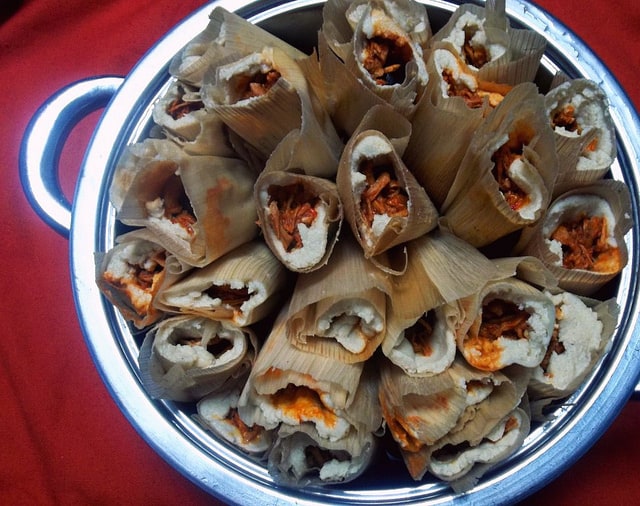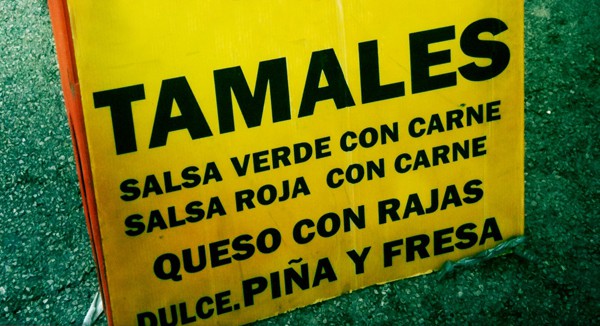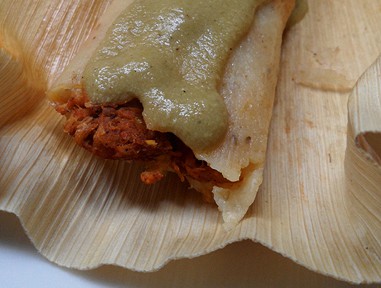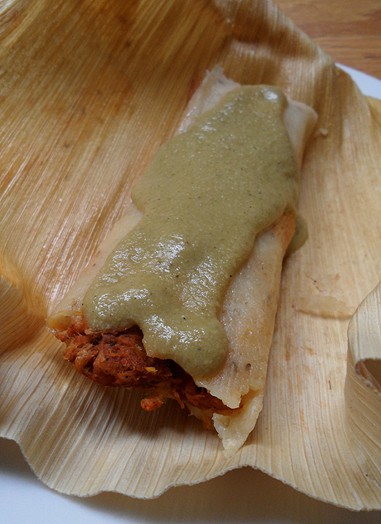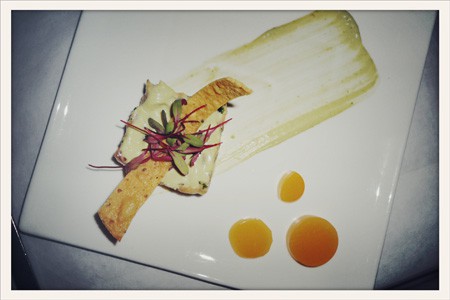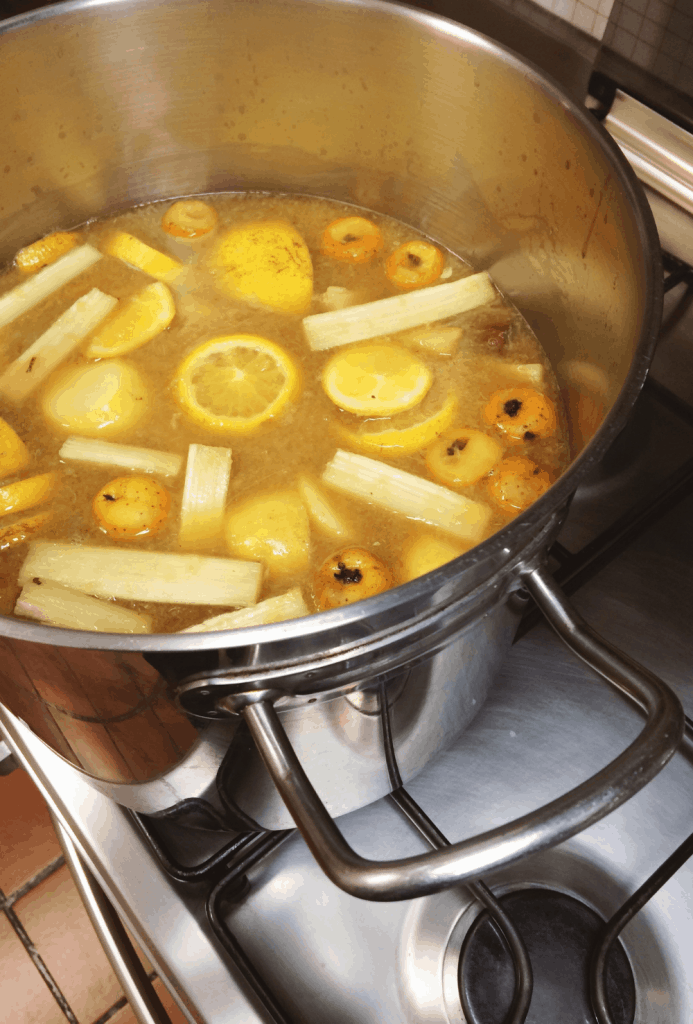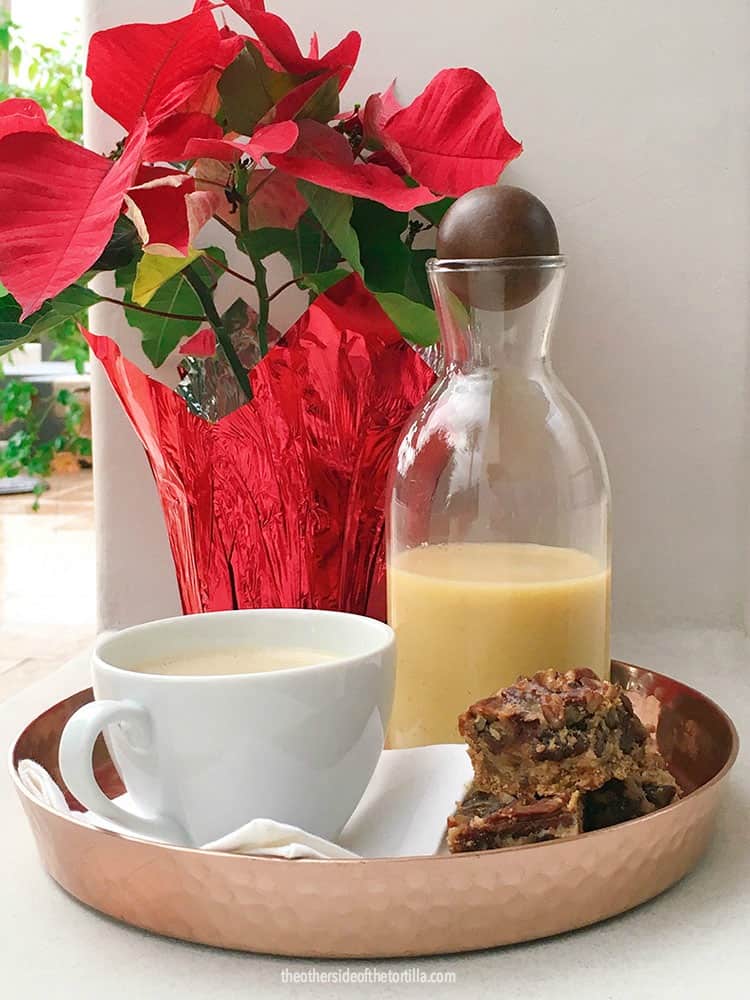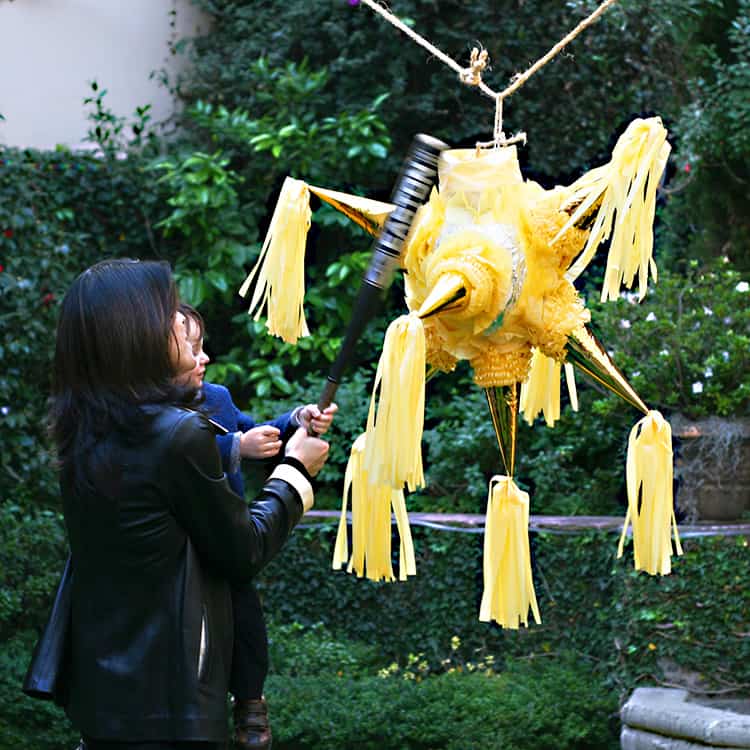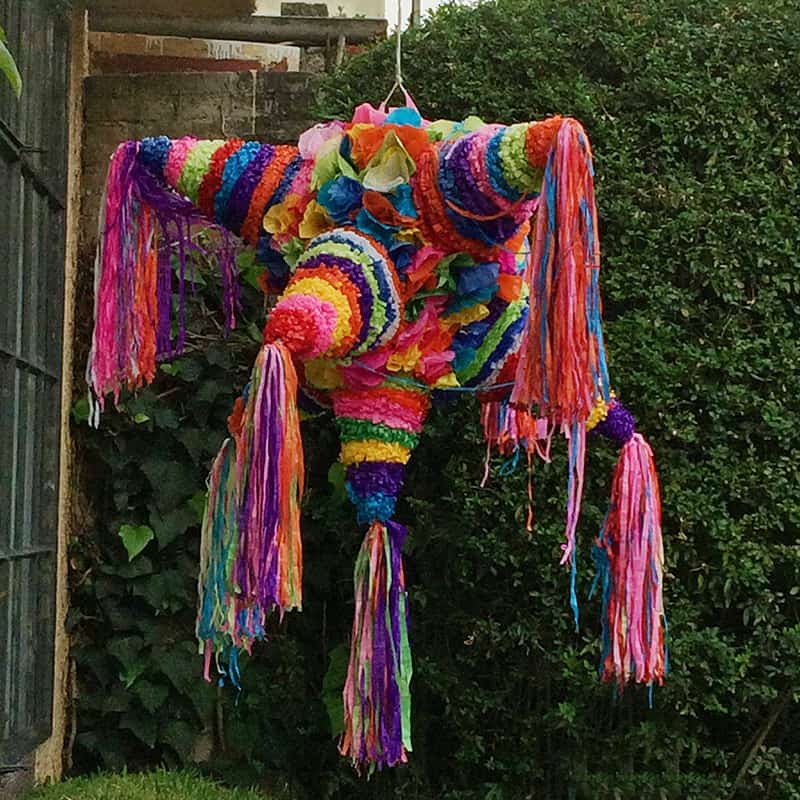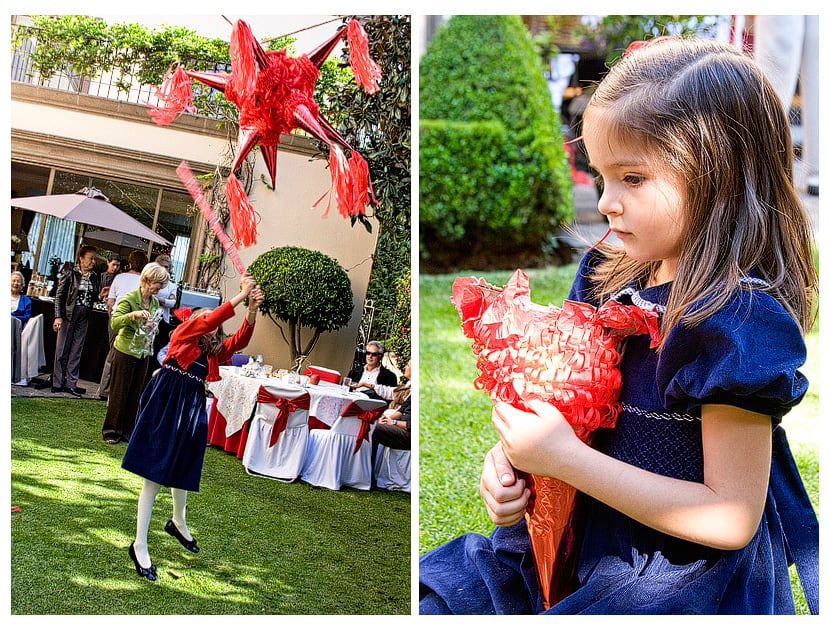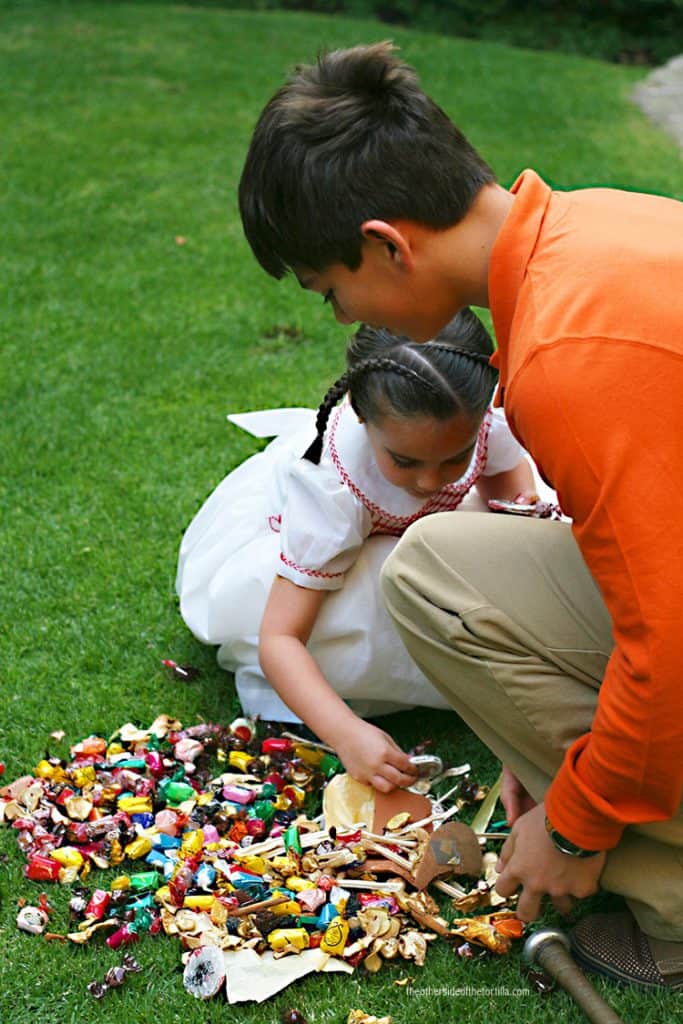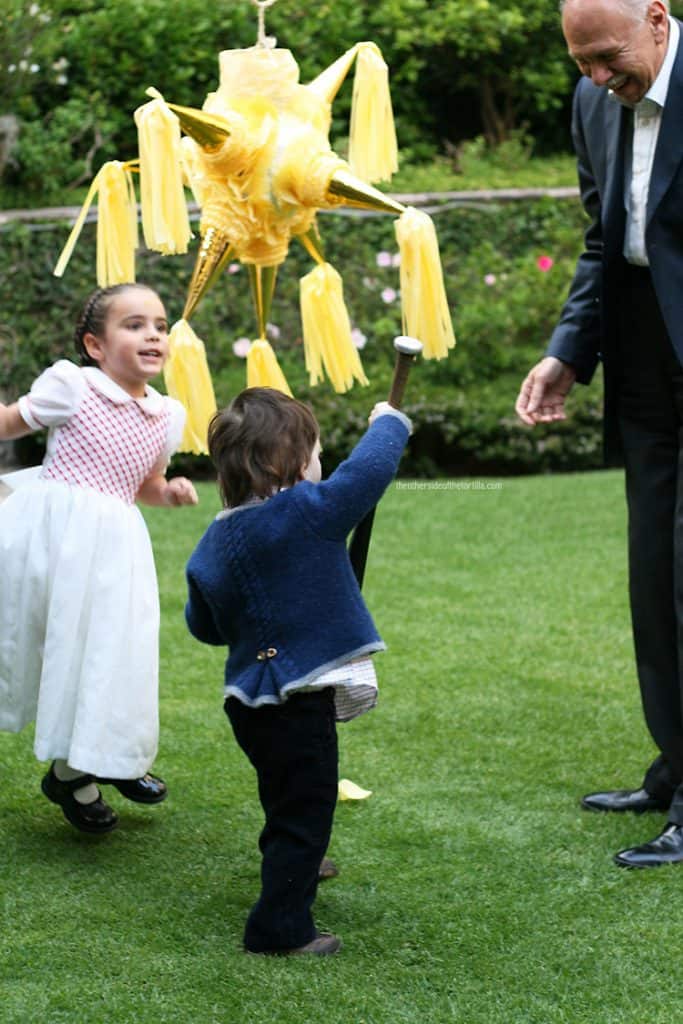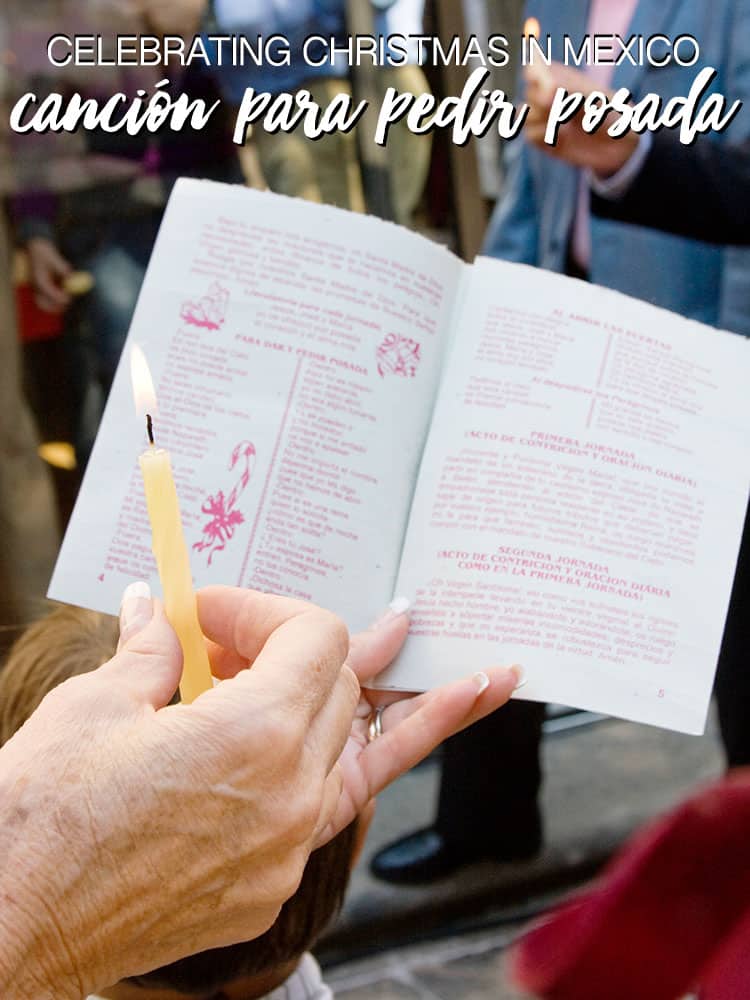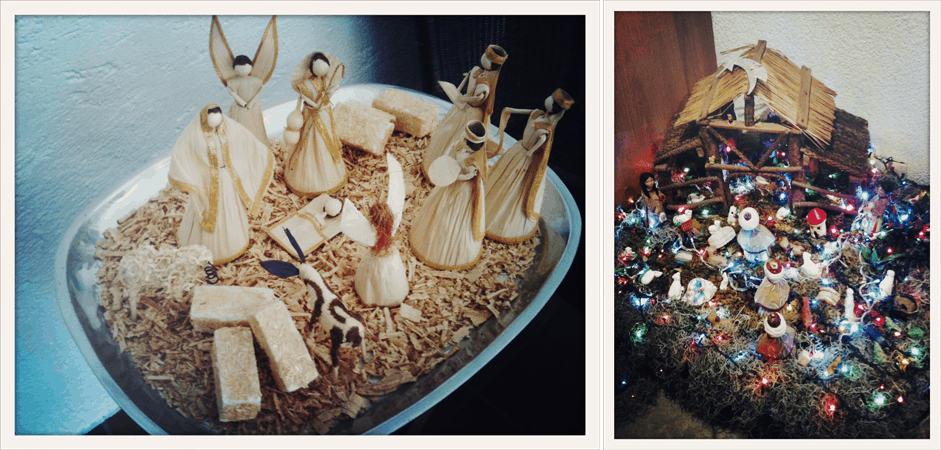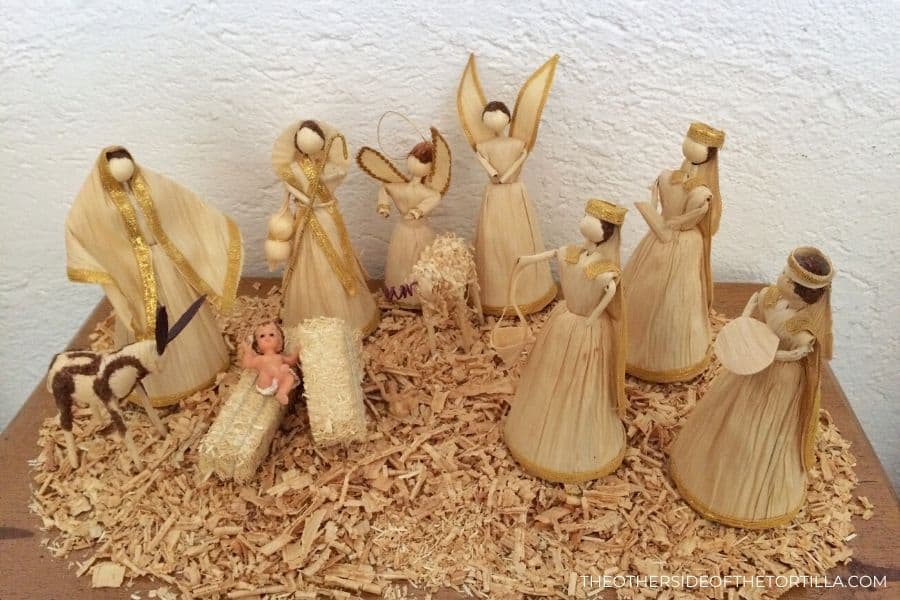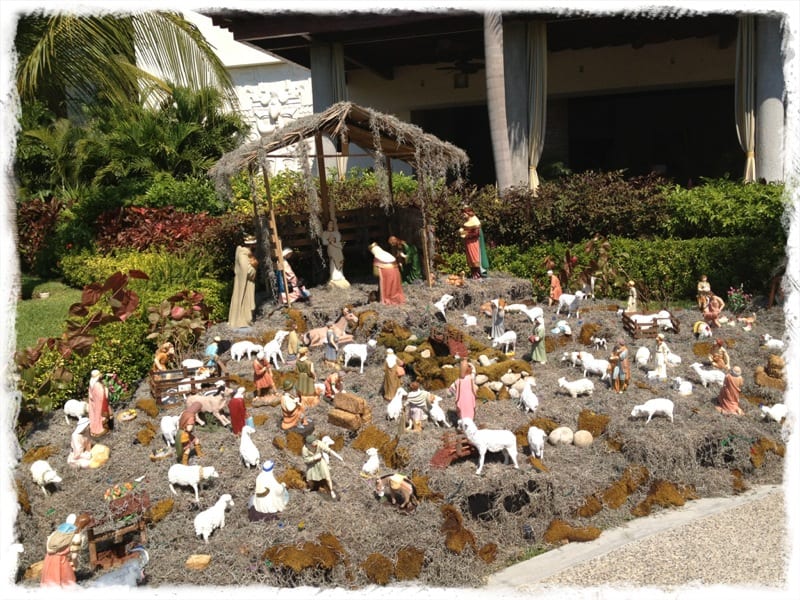It’s Día de la Candelaria and I have to confess: I’ve been so busy with non-bloggy things (you know…normal life, work, family obligations, Mr. H’s birthday, etc.) that I just haven’t had a chance to make my own tamales yet, let alone photograph and write up my recipe to share. But I promise I will soon.
In the meantime, I wanted to share with you a very special recipe from my friend Leslie that really touched me when I read it this morning. I immediately asked her if I could share it with all of you. Gracias, Leslie, for sharing this story and your abuela’s recipe, and for letting me borrow this photo to show everyone your beautiful tamales de puerco.
Head over to La Cocina de Leslie for her abuela’s recipe for tamales rojos con puerco; she’s provided an awesome step by step guide with photos to help you through the recipe—especially great if you’re making tamales for the first time ever. Bet you can’t guess her abuela’s secret ingredient!
- What are your favorite kind of tamales?
